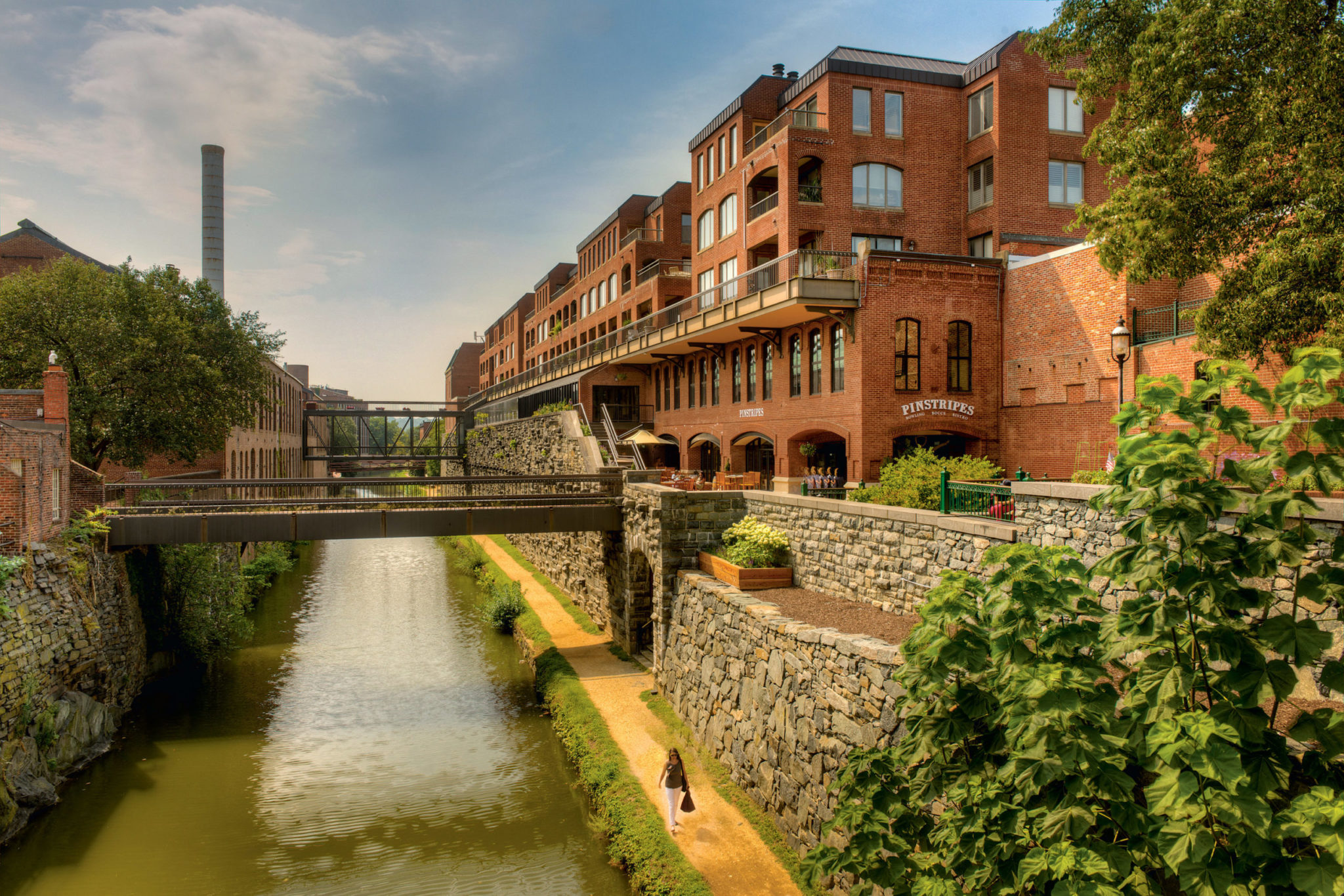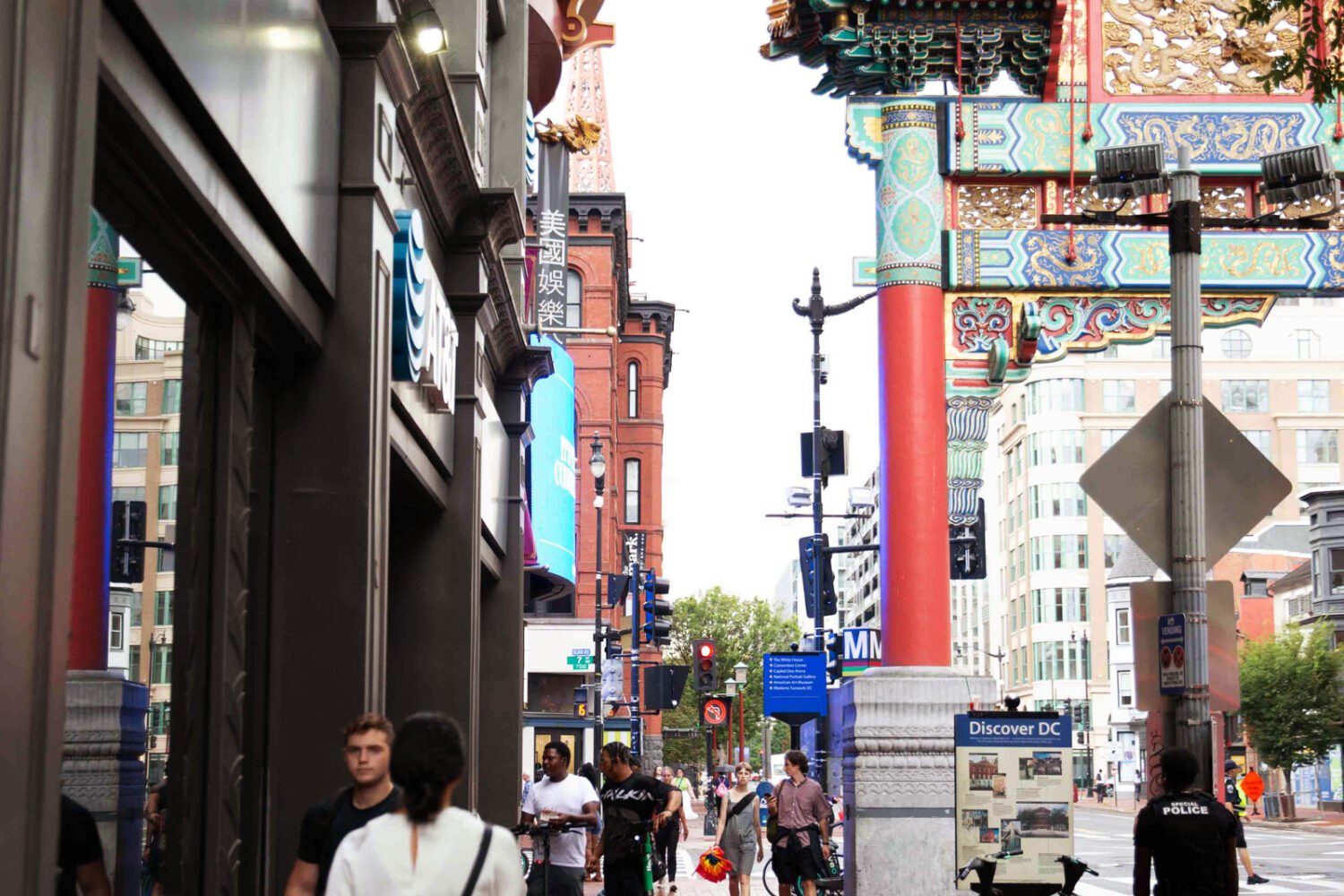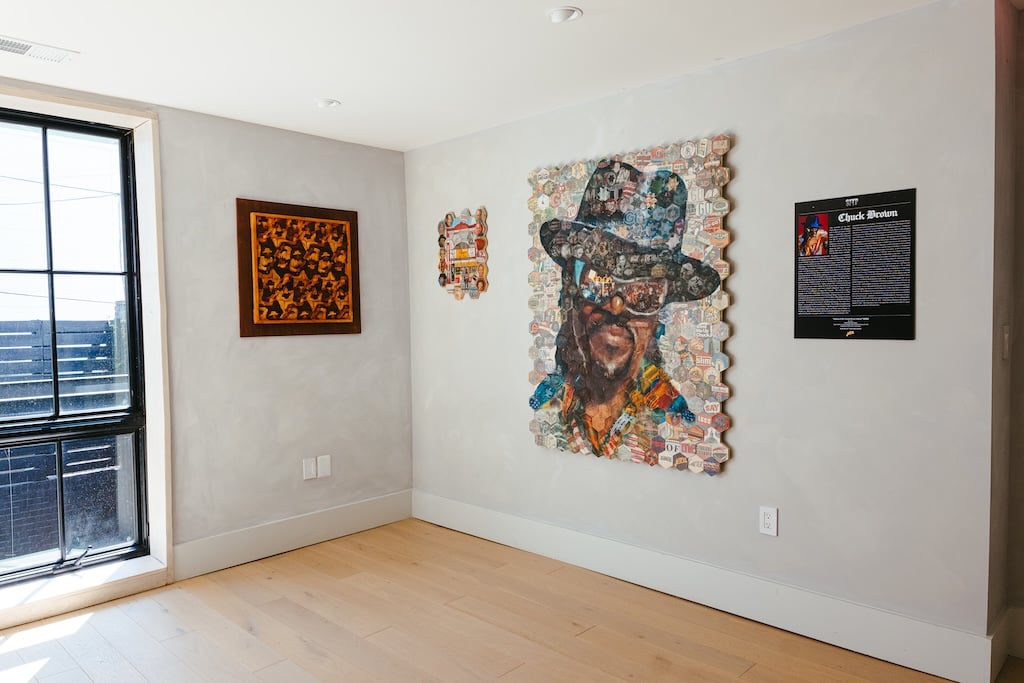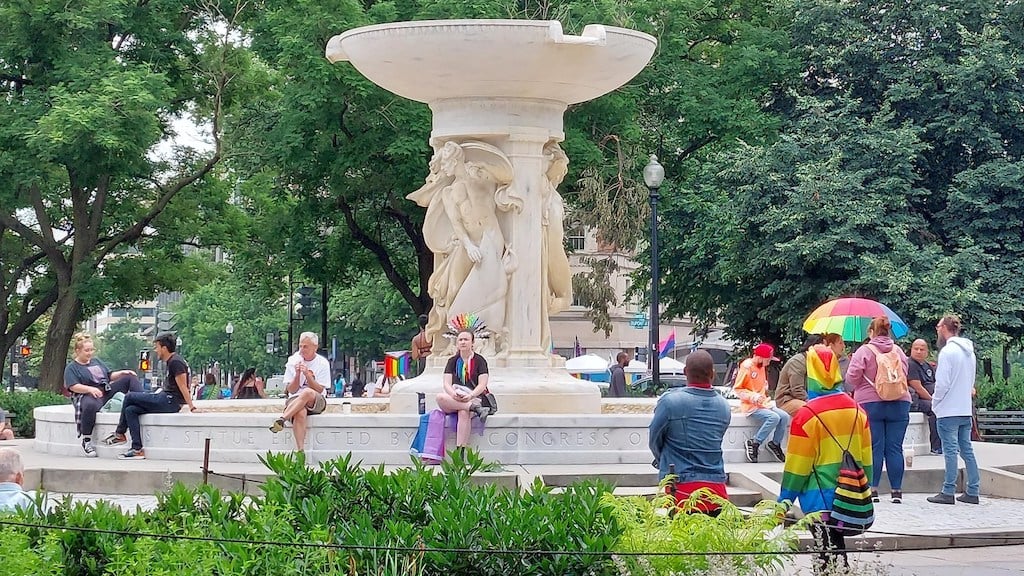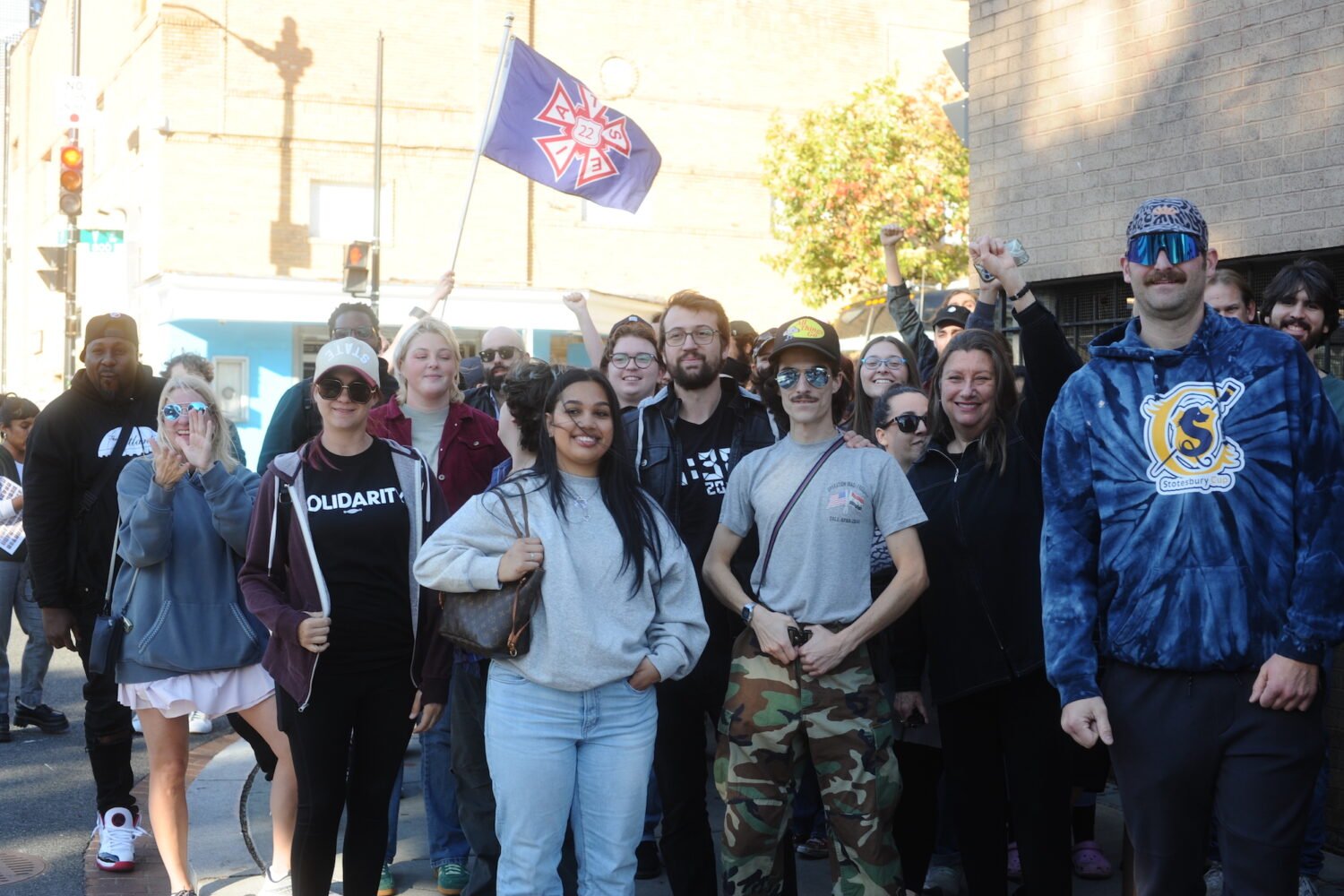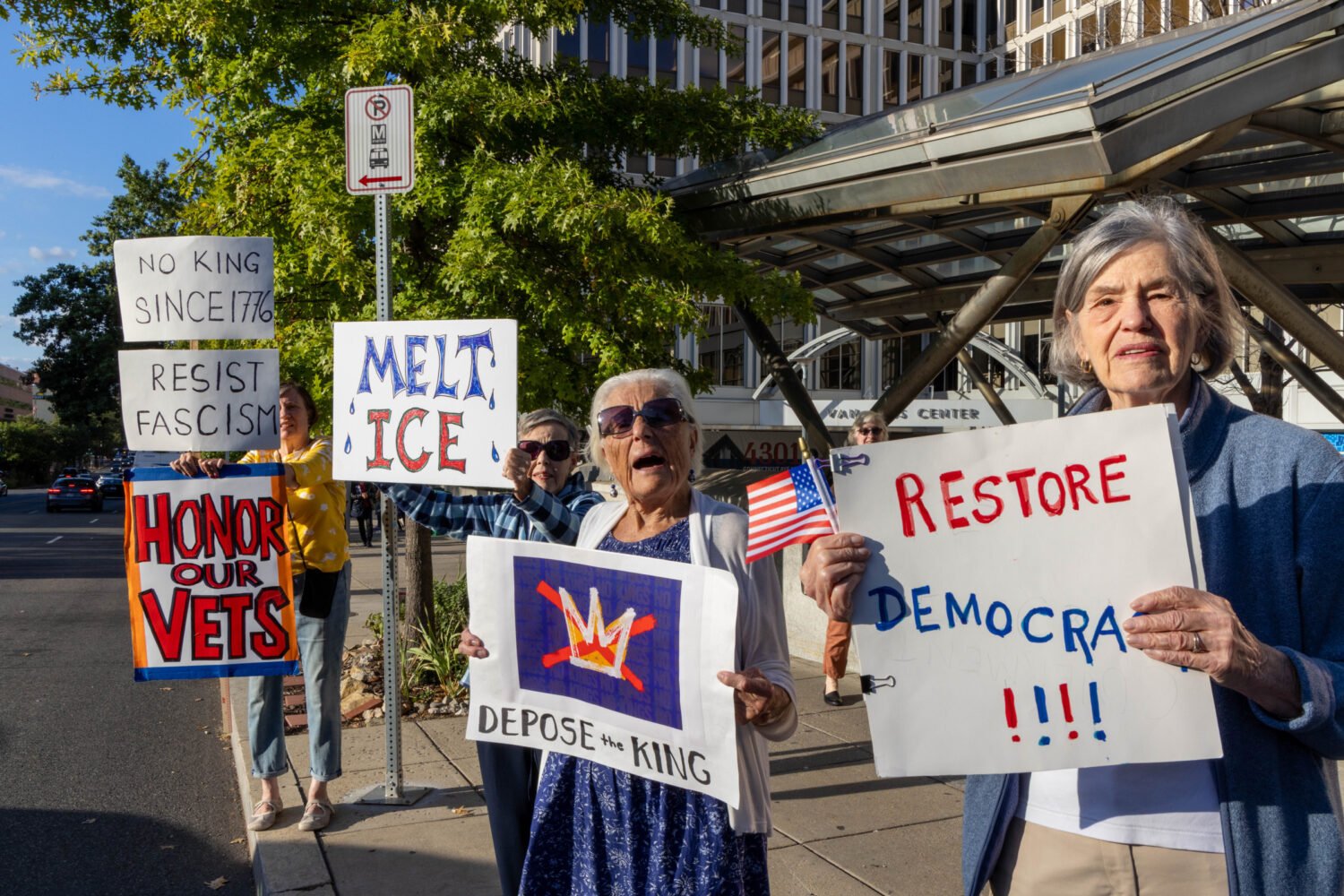On an idyllic summer afternoon—mid-80s, low humidity, blue sky—a strip of National Park land running through one of DC’s most bustling neighborhoods sits desolate. There’s a solitary person—one—on a roughly 150-yard stretch of Georgetown’s C&O Canal towpath, even on such a glorious day.
Take your pick of reasons why. There’s the fact that the canal is well hidden—shoppers on M Street have little chance of discovering it. If you do make it there, the towpath is narrow and uneven. Places to sit and appreciate the historic architecture that lines it are basically nonexistent.
Fortunately, a plan is in the works to improve things. Designed by the same landscape-architecture firm behind New York’s enormously popular High Line, the canal revamp would, according to supporters, similarly revitalize a woefully underappreciated public space. Their objectives include bringing the towpath into compliance with the Americans With Disabilities Act, adding hammocks and platforms where visitors can hang out, bringing back the mule-drawn canal boats, and building a visitors’ center to spotlight Georgetown’s history.
Given the C&O’s geographic limitations and historic designation, the upgrade won’t look anything like the High Line. Still, the desired outcome—simply to get more people to come into the neighborhood and enjoy a public resource—is the same. That’s enough to incite an especially acute strain of local naysayer, one of whom wrote a Washington Post editorial in June that reads like self-parody. In it, Stephen Hansen, chair of the historic-preservation group the Committee of 100 on the Federal City, warns readers that the goal is to plant “untold numbers” of tree groves, flower beds, and wildflower meadows (not wildflower meadows!) along the canal. What’s more, “shopping-mall-quality paving of the 190-year-old dirt paths is now proposed.” What does that mean? He doesn’t say, but “shopping mall” sure does sound scary.
In reality, no material has been chosen for the towpath—the project is still in its early stages. Since the effort began two years ago, it has gotten gradually more conservative as various interests have picked at it. Earlier iterations included grander architecture, such as an expansive overlook behind the Dean & DeLuca on M Street. A building for catering and other event services has also been nixed.
But even in its pared-down version, the plan would be a win for Georgetown and the rest of Washington. Great cities, after all, are judged in large part by the vibrancy of their public spaces. Besides, what’s the point of historic preservation if no one wants to come around to appreciate the thing to be preserved?
Most important, opting to leave the canal as is would be a concession to the same tired impulse to reject change that shows itself too often in these parts. You can see it, for instance, in another recent Georgetown fight—which, thankfully, failed—against the installation of a bus-stop shelter that serves Duke Ellington students. It’s also visible across town, at the McMillan sand-filtration site, where, despite our housing shortage, neighbors held up the development of mixed-income apartments and other amenities for years. (That project is now finally moving forward.) Whether the NIMBYs like it or not, Washingtonians live in a big city.
This article appears in the August 2019 issue of Washingtonian.

